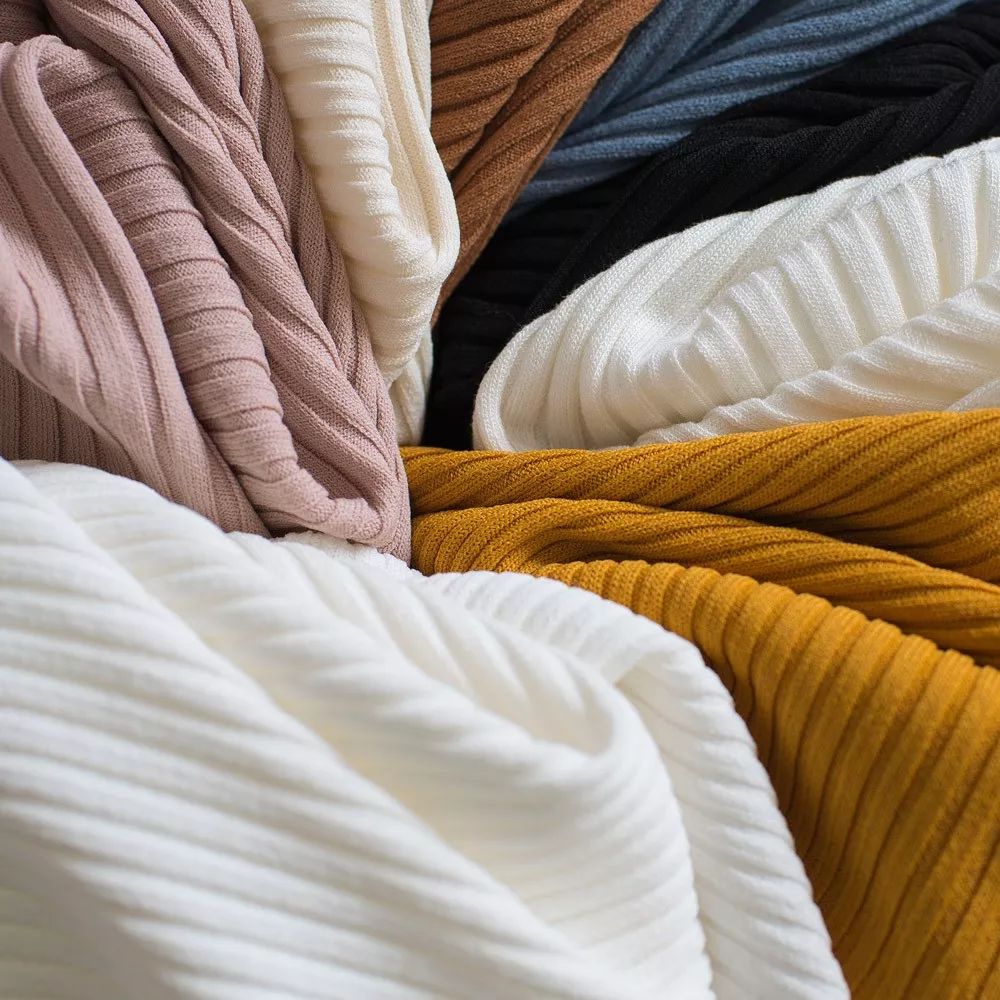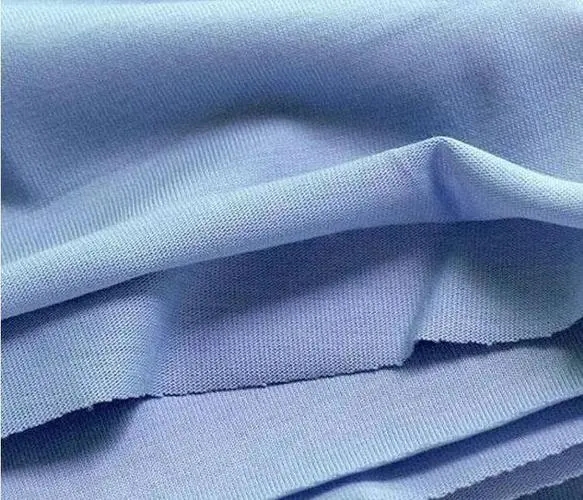It is well known that viscose fiber is the most widely used regenerated cellulose fiber in chemical fiber. It has its own unique feature, which can be both pure spinning and blended with other fibers. The viscose fiber fabric has good advantages of good drapability, moisture adsorption and air permeability, good dyeing performance, anti-static property and anti-ultraviolet, etc. But its disadvantages are also more protruding. For example, viscose fiber had big moisture regain, low fiber strength and low wetting strength, so the fabric is poor in stability and not wear-resisting. Hence, it is hard to control the shrinkage of viscose fiber fabric.
Viscose staple fiber is the most widely used regenerated cellulose fiber, which is seen everywhere in our life.
Advantages
- Viscose fiber has good moisture adsorption, air permeability and drapability.
- Viscose fiber fabric is bright, smooth and soft, which is silk-like. It has smooth and dry hand feeling.
- Viscose fiber has good dyeing property. After dyeing, it has bright luster and good color fastness. And it is not easy to fade.
- Viscose fiber fabric is antistatic.
Disadvantages
- Viscose fiber fabric feels heavy and has poor elasticity. It is easy to fold. And it is not stiff.
- Viscose fiber fabric is not water-resistant and not wear-resistant. It has poor dimensional stability.
- Viscose fiber is not acid-resistant.
For its good performance, viscose fiber is widely applied in production of textile and various kinds of clothing. Viscose fiber not only has the nature of cotton, but also is flowing and soft. It is easy to dye, antistatic, high-temperature resistant and antibacterial.
Post time: Mar-10-2023



